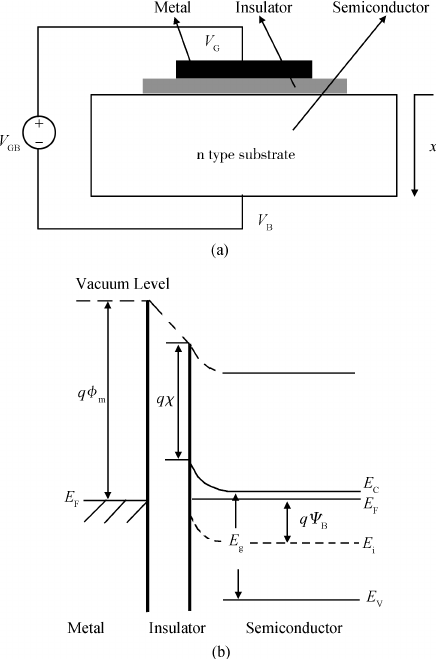I'm a college student studying semiconductors. I can't understand what is happening inside the materials when two or more different materials are in contact. Can I get some help?
So, basically at thermodynamic equilibrium, the Fermi level of all materials should be the same. Yes, I understand that, because the electrons of each material will tend to move to a lower energy level, ultimately reaching equilibrium.
However, in metal & n-doped semiconductor junctions, as you can see in the figure below, the Fermi level of the semiconductor is higher than that of the metal. Therefore, I assumed that electrons will flow from the semiconductor into the metal. If that's the case, shouldn't metal's Fermi level increase? Why does the Fermi level of semiconductor change only, instead of both materials? Also, I learned that at the surface of each materials, the charges pile up, creating a barrier (Schottky barrier). However, if electrons migrate into metal, which has high conductivity and freedom of movement of electrons, in what way does charges pile up?
My second question features the MOS structure. As you can see in the figure below, all the materials are in contact, reaching a equilibrium. However, the oxide layer acts as an insulator, forbidding electron movement through the material. In this situation, in which mechanism does the Fermi level reach equilibrium throughout all materials?
Thank you.


